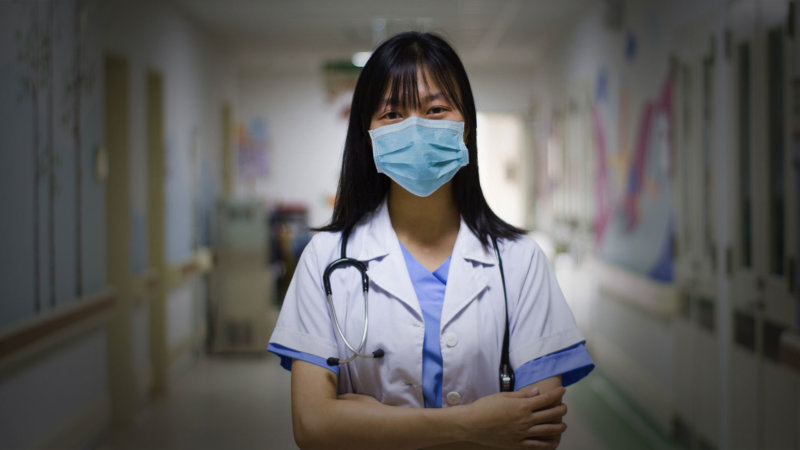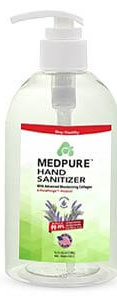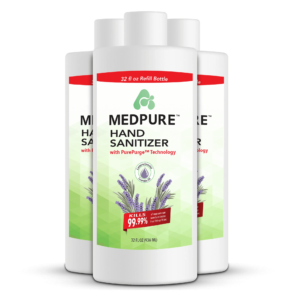Checklist to Prepare Physician Offices for COVID-19
ASSUMPTION: Transmission will be primarily through exposure to respiratory droplets and direct contact with patients and their contaminated environments.
Universal Early Preparation
Educate staff and patients about changes they can expect to be implemented in the office during an outbreak or pandemic, and about ways to prepare themselves and their families.
COVID-19 Education
- Educate staff about coronavirus disease 2019 (COVID-19), and why it is important to contain the outbreak.
- Educate staff on facility policies and practices to minimize chance of exposure to respiratory pathogens including SARS-CoV-2, the virus that causes COVID-19.
- Train and educate staff with job-or task-specific information on preventing transmission of infectious agents, including refresher training.
- Educate staff about COVID-19 evaluation and treatment.
- Educate staff about alternative office management plans.
- Educate staff on how to advise patients about changes in office procedures (e.g., calling prior to arrival if the patient has any signs of a respiratory infection and taking appropriate preventive actions) and developing family management plans if they are exposed to COVID-19.
- Office Preparedness
Design a COVID-19 office management plan that includes patient flow, triage, treatment and design.
- Consider designing and installing engineering controls to reduce or eliminate exposures by shielding staff and other patients from infected individuals.
- Provide hand sanitizer, approved respirators, face shields/goggles, surgical masks, gloves, and gowns for all caregivers and staff to use when
- within six feet of patients with suspected COVID-19 infection. (See approved respirators). Provide training for staff on respirators to ensure fit and appropriate use.
- Ensure adherence to standard precautions, including airborne precautions and use of eye protection. Assume that every patient is potentially infected or colonized with a pathogen that could be transmitted in a health care setting.
- Implement mechanisms and policies that promptly alert key facility staff including infection control, health care epidemiology, facility leadership, occupational health, clinical laboratory, and frontline staff about known suspected COVID-19 patients (i.e. PUI). Keep updated lists of staff and patients to identify those at risk in the event of an exposure.
- Staff should follow the CDC guidelines collecting, handling and testing clinical specimens from (PUIs for COVID-19.
- Prepare for office staff illness, absences, and/or quarantine. Physicians should plan for increased absenteeism rate.
- Cross-train staff for all essential office and medical functions.
- Review proper office and medical cleaning routines. Routine cleaning and disinfection procedures are appropriate for SARS-CoV-2 in health care settings, including those patient-care areas in which aerosol-generating procedures are performed. Products with emerging viral pathogens claims are recommended for use against SARS-CoV-2. Management of laundry, food service utensils, and medical waste should also be performed in accordance with routine procedures.
Plan for cross-coverage with other health care professionals in your community and participate in local hospital planning exercises.
- Identify materials and supplies required for care to be delivered during an outbreak or pandemic, and suppliers that can provide those materials. Order appropriate materials and supplies. Guidance for optimizing use of PPE or reusing PPE.
- Contact representatives at your office’s waste-disposal service regarding plans for appropriate waste disposal so that they can prepare for an increased amount of waste materials. At this time, there is no evidence to support the need of different waste management protocols for facilities caring for patients with COVID-19.
- Stay informed. Visit your state and local department of health’s website weekly or develop a reliable method for routine epidemiologic monitoring. Make appropriate connections with local and state health department staff.
- Become knowledgeable about available testing and treatment as that information becomes available. This should include, general recommendations on COVID-19 from the Centers for Disease Control and Prevention (CDC); Work with your state and local health departments on diagnostic testing protocols and procedures.
- Ensure that you and your staff are familiar with specific public health reporting practices legally required in your area. Familiarize staff with proce-dures on transporting patients from your office to the hospital or other facility if required.
- Post signage in appropriate languages at the entrance and inside the office to alert all patients with respiratory symptoms and fever to notify staff immediately.
- Post signage in appropriate languages with pictures to teach/remind all patients about correct respira-tory hygiene and cough etiquette. Specifically, they should cough and sneeze into a tissue (which then should be properly discarded), or into the upper sleeve. Remind patients to use appropriate hand-washing technique.
Triage and Patient Flow Systems
Develop a triage protocol for your practice based on patient and community outbreak.
- Distribute respiratory prevention packets consisting of a disposable surgical mask, facial tissues, and cleansing wipes to all symptomatic patients.
- Attempt to isolate all patients with suspected symptoms of any respiratory infection using doors, remote office areas, or negative-pressure rooms, if available.
- Evaluate patients with acute respiratory illness (ARI) promptly.
- After delivering care, exit the room as quickly and directly as possible (i.e., complete documentation in clean area).
- Clean room and all medical equipment completely with appropriate cleaning solutions.
- When possible, reorganize waiting areas to keep patients with respiratory symptoms a minimum of 6 feet away from others and/or have a separate waiting area for patients with respiratory illness.
- Consider arranging a separate entrance for symptomatic patients.
- Schedule patients with ARI for the end of a day or at another designated time.
- Provide no-touch waste containers with disposable liners in all reception, waiting, patient care, and restroom areas.
- Provide alcohol-based hand rub and masks in all reception, waiting, patient care, and restroom areas for patients with respiratory symptoms. Always keep soap dispensers stocked with handwashing signs.
- Discontinue the use of toys, magazines, and other shared items in waiting areas, as well as office items shared among patients, such as pens, clipboards, phones, etc.
- Dedicate equipment, such as stethoscopes and thermometers, to be used in ARI areas. This equipment should be cleaned with appropriate cleaning solutions for each patient. Consider the use of disposable equipment when possible (e.g., blood pressure cuffs).
Additional Options to Prevent Community Transmission
Per the CDC, please consider the following options to prevent the spread of community transmission. Develop optional protocols and procedures for your practice based on patient and community outbreak.
- Explore alternatives to face-to-face triage and visits. such as providing more telemedicine appointments. Guidance for implementation and payment.
- Learn more about how health care facilities can prepare for Community Transmission.
- Designate an area at the facility (e.g., an ancillary building or temporary structure) or identify a location in the area to be a “respiratory virus evaluation center” where patients with fever or respiratory symptoms can seek evaluation and care.
- Cancel group health care activities (e.g., group therapy, recreational activities).
- Postpone elective procedures, surgeries, and non-urgent outpatient visits.
- Referral or Transfer of Patients
- Definitions: Self-monitoring,
Quarantine and Isolation:
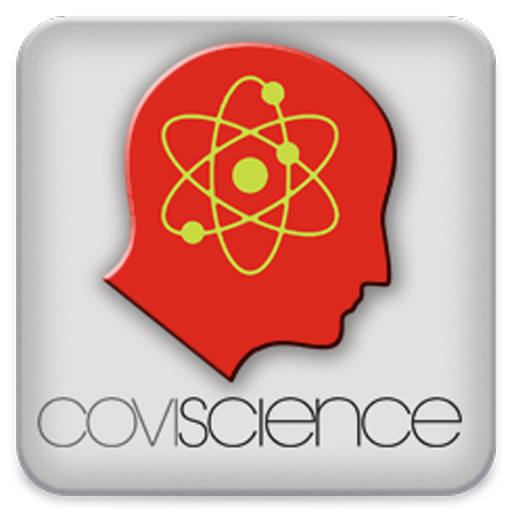
The CoviScience Team is a group of professionals dedicated to helping our Pandemic torn nation get back to normal. We all recognize that helping each other to find, analyze and select home, office and educational solutions can be the difference between thriving and merely surviving. We encourage every0ne to participate in our online community by contributing, sharing and commenting. Stay Safe. Stay Healthy and Stay Happy. ~ The CoviScience Team.
Recommended Posts

COVID-19 Resources for Job Seekers
December 8, 2020
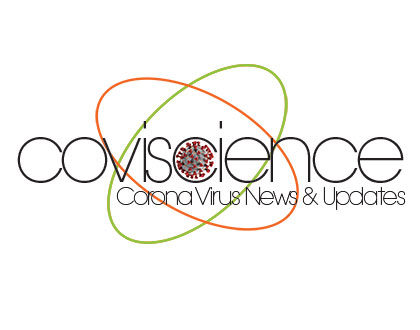
REVISED EMPLOYEE COVID-19 SAFTEY PROTOCOLS
October 7, 2020


